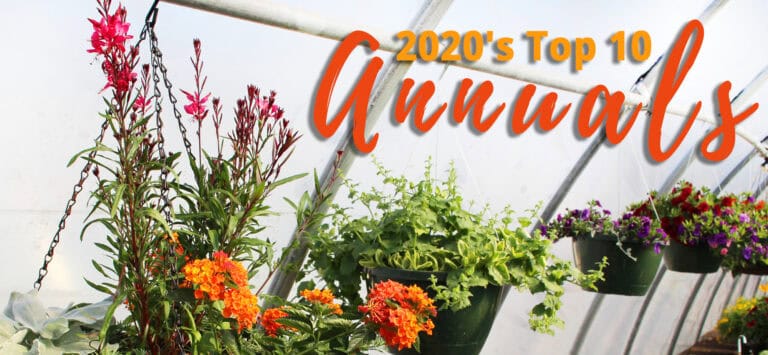
May 20, 2020
Every year we grow beautiful annuals perfect for containers or for annual beds. They provide extra color, texture, and also a variety of different heights. Check out our 2020 Top 10 Annuals to learn a little bit more about some of our favorites! 1) Profusion Zinnia- Providing bright colorful flowers spring through fall, this sun-loving…
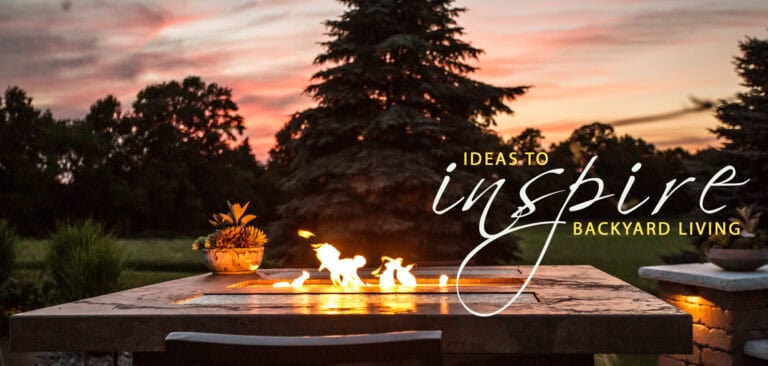
May 14, 2020
Looking for fun and unique ways to inspire outdoor living? Tired of looking at Pinterest ideas that seem unrealistic? Want to create your own backyard paradise, but not sure where to start? These ideas are for you! With ideas like these, little things go a long way! Try a few things this year, add a…
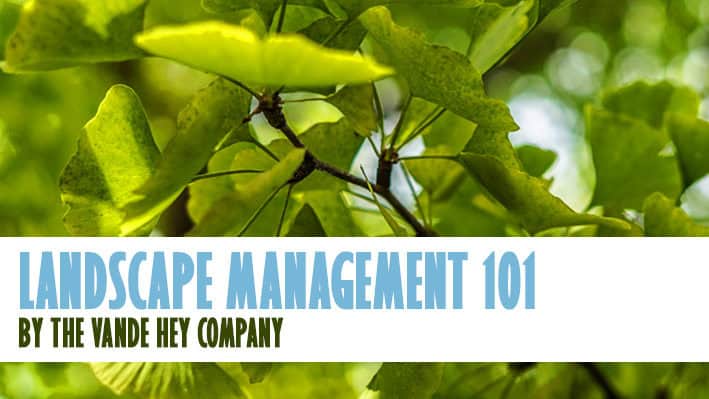
May 6, 2020
The weather is finally warming up, spring is in the air, and we cannot wait to get to work in our gardens! We survived the “April in Wisconsin Gauntlet” and all 5,236 different types of weather it threw at us. Now it is May! Everything is greener, brighter, and warmer! Let’s get to work! EARLY…
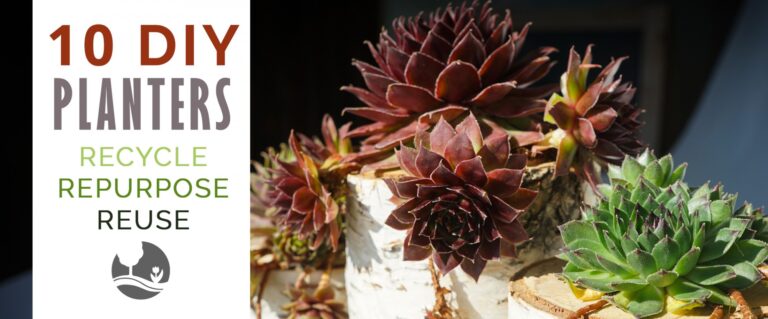
April 29, 2020
Are you looking for creative ways to bring new life to your yard? Are you looking for a fun DIY project that saves you money? Look no further! Recycling is not just separating some plastic bottles from the rest of your garbage; it’s also about reusing and re-purposing old items! Check out these unique planter…
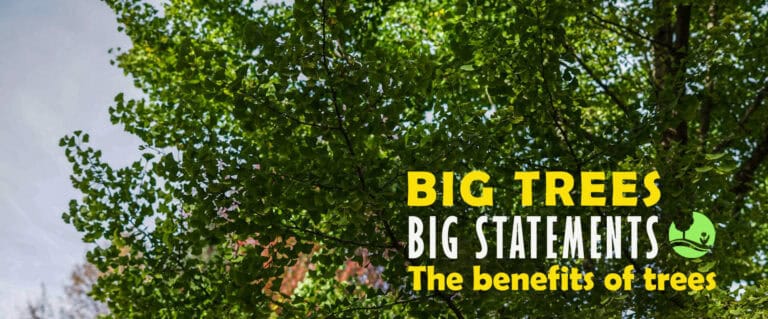
April 21, 2020
“Trees are exciting! If you want to make a statement in your yard, do you go with a little perennial? No, big tree! BOOM!” ~Corey, Vande Hey Company Horticulturist When we think about trees at Vande Hey Company, we think about making a statement! Whether it’s fall colors or beautiful spring blooms, trees bring beauty…
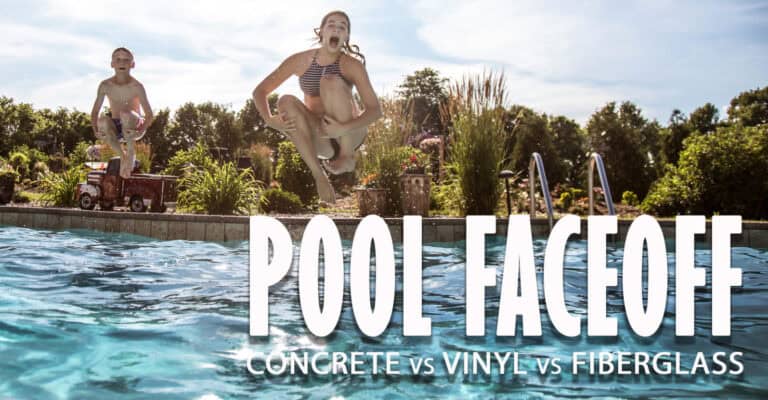
April 15, 2020
Congratulations. You have finally decided to pull the trigger on the big pool install in the backyard—the new centerpiece of your landscaping, and your next big investment. Now you are likely deciding between the big 3 types of in ground pools: concrete, vinyl, and fiberglass. Let’s break down some of the key points between these…
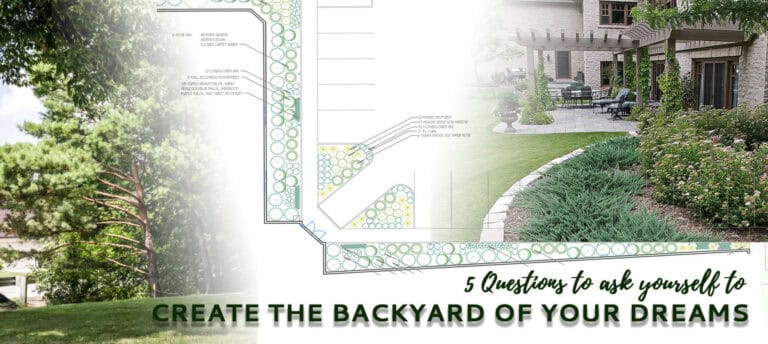
April 8, 2020
If you read “Backyard, Now What? Part 1,” you are already on your way to turning your backyard “blank page” into a beautiful masterpiece for you and your family to enjoy. However, like a good student, you should also make sure you are asking the right questions. Asking the right questions will not only help…

March 31, 2020
April Showers bring May… Well, we sure hope for showers instead of snow this year! As things continue to warm up, we can all get more and more active in the backyard! Here’s our list of things you can do in April!
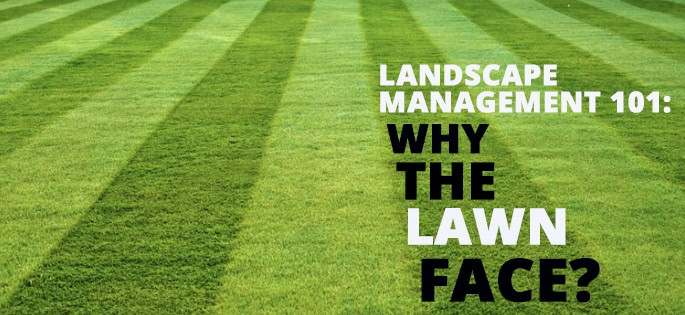
March 30, 2020
April is National Lawn Care Month and we want to share 10 fun facts and 10 fun tips about lawns and caring for them. With these facts you will not only appreciate your lawn more, but also learn how to take your lawn game to the next level. No more lawn face, it is time for your lawn to show that fresh cut, pearly green smile.
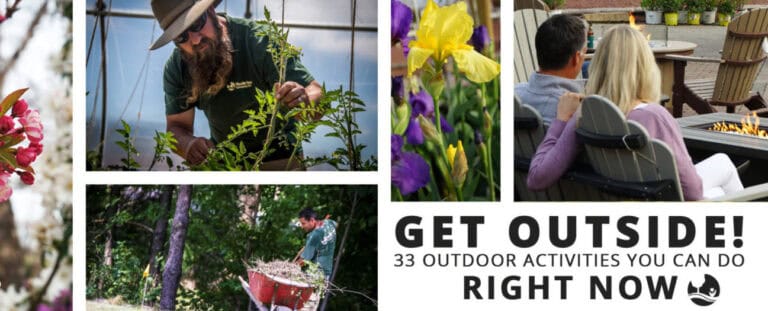
March 24, 2020
33 ideas for you, your family, and even your kids that will help you get outside, transform your yard, and have fun while doing it!
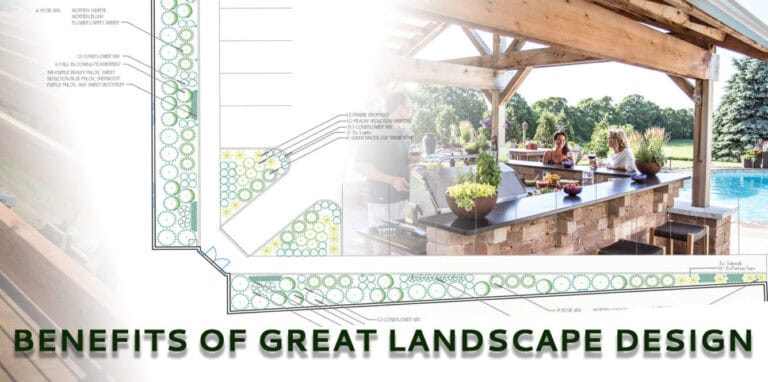
March 23, 2020
Sometimes staring out your window can seem like staring at a blinking cursor at the top of a blank page. You want to make something happen, but have no idea where to begin. Or maybe you feel like an HGTV guru with a thousand ideas, but not one idea that helps you make it happen….

March 18, 2020
Yes, you read that right. There are actually health benefits to relaxing in the warm waters of your backyard spa! From helping lower stress, to easing lower back pain and sleeplessness, hydrotherapy is proven to improve your overall well-being. Let’s dive into these benefits from our spa team! Whether you have a spa or not,…

March 16, 2020
You’re sitting inside waiting for the snow to melt and the ground to thaw so you can finally get started on your garden and landscaping—it’s kind of like watching paint dry, but worse. Someone keeps adding paint (or in our case, snow). What’s the solution? Stop staring at the paint! Our horticultural experts at Vande…
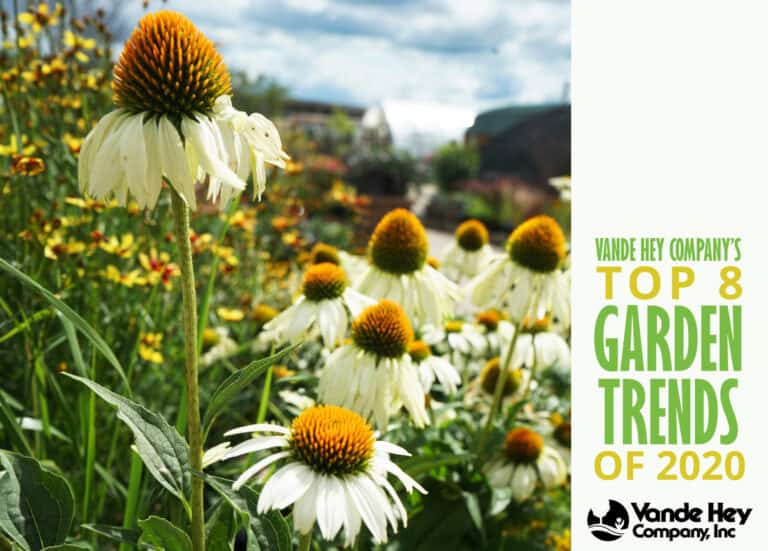
March 12, 2020
Trendy. Hip. Modern. Everyone has that one friend who always seems to be one step ahead of the game. It’s like they are using iPhones and we are still waiting for our messenger pigeon to return from the ice age. Instead of letting that inward jealousy continue to fester, let’s take a step ahead this…
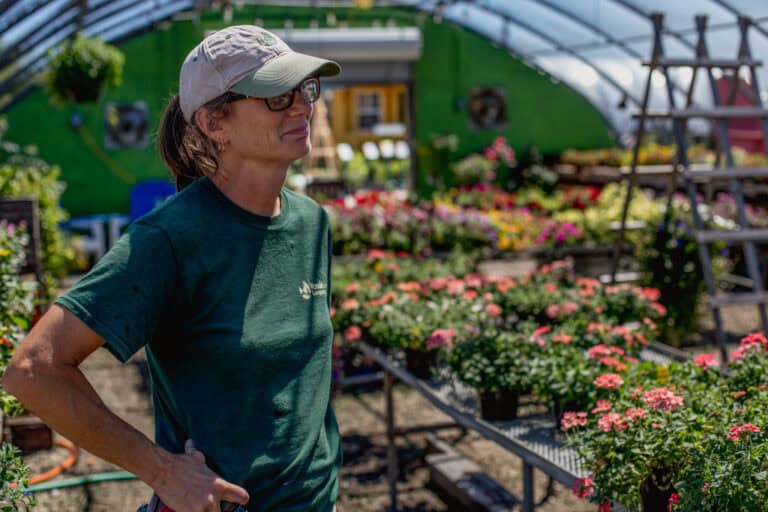
September 19, 2018
Meet our Growing Team Leader, Susan Schleisner, and how growing up with her grandfather in the garden lead her to pursue a degree in Horticulture and continue her passion in this industry all of her life. From communication and planning what crops are best for the season, maintaining their growth during the season, she finds…
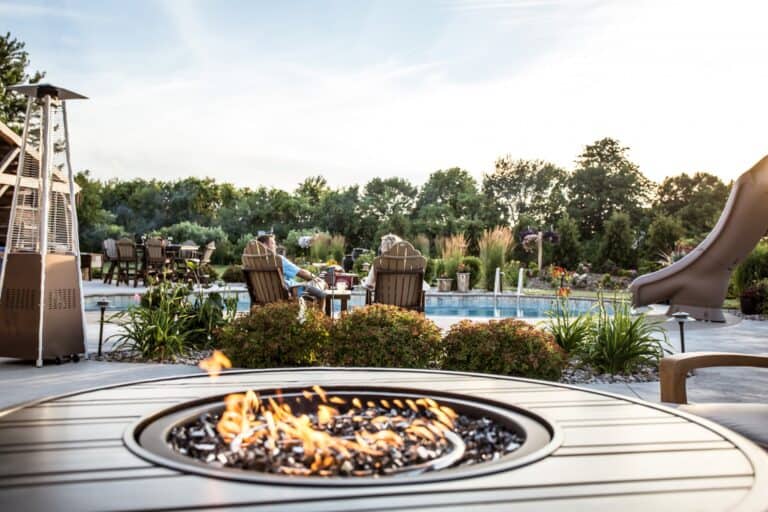
September 5, 2018
As we near the changing of the leaves and the school year starts up again to include the crisp bite of a temperature change, we prepare to leave behind a time of warmth, of green grass, and a little bit of fun in the sun. We choose to celebrate this last little slice of summer with…
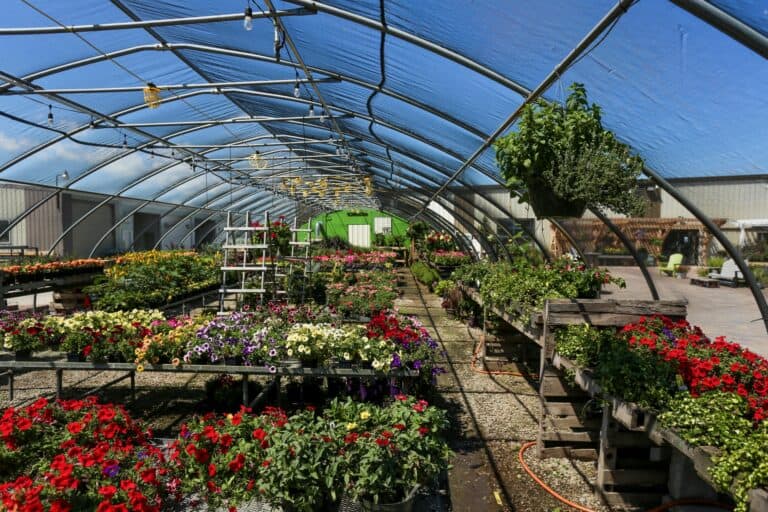
August 9, 2018
Meet Tom, the lead Horticulturist at Vande Heys and a member of our ‘Green Team’. Tom has spent 35 years planting, growing, and finding ways to use all of our beautiful plants and landscapes. Tom finds joy in the usability aspect by taking the plants and helping people create ideas on how to use them….
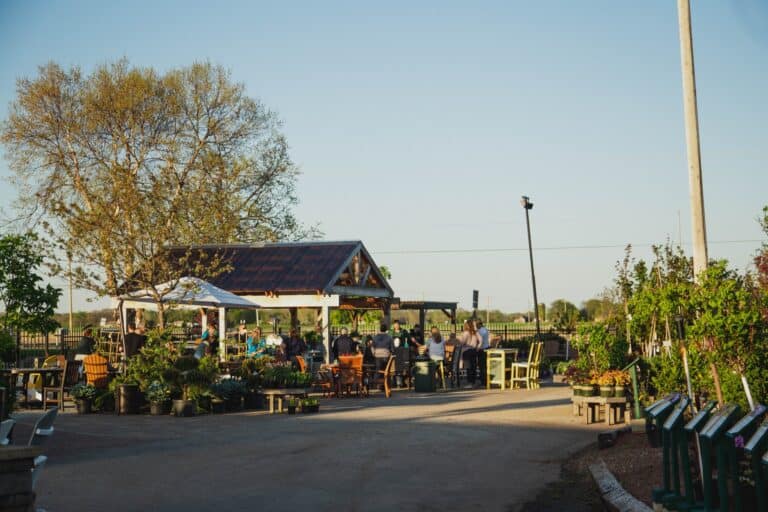
June 5, 2018
“Just relax, and grill” With the window of Wisconsin outdoor dining finally upon us, Andy Vande Hey, President of the Vande Hey Company, joins us in sharing his passion for outdoor experiences. Andy dishes out what you need for a tasty grilling season of ease, “From how the right space should make you feel to,…

May 11, 2018
The growth of a flower takes patience, love, dedication, and a wealth of time and energy. Flowers beautifully parallel the commitment a Mother makes to raising their child. Mother’s Day is only days away, and as we approach this day of celebration and gratitude, we prepare to shower our loved ones in presents and praise!…

May 10, 2018
I was born and raised a “plant geek.” Being in the landscaping industry is a special place to be every spring. Now that the snow has almost all thawed and the buds are starting to come out, it’s time to put some green back in the world. Not only is it the beginning of our…
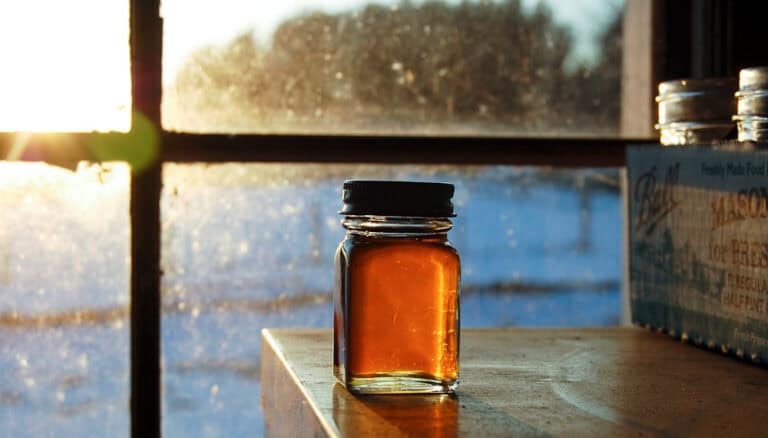
March 4, 2017
Now that March is finally here, it’s time to start looking ahead to the warmth that is to come. This warmth brings blooming flowers and budding trees and is the perfect time to create a sweet treat: maple syrup. Algonquin and other native tribes in the northeastern US and southern Canada introduced English and French…
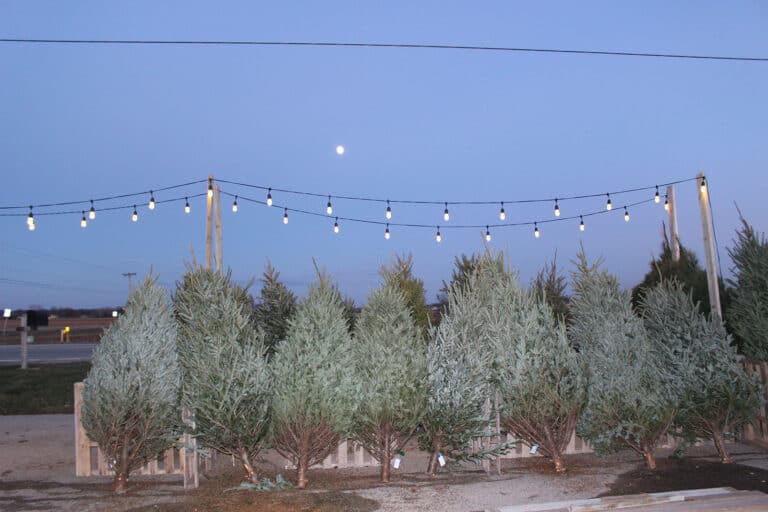
December 9, 2015
Picking a tree is a treasured family tradition, and choosing the one that is just right is an exciting adventure. Below are a few tips to ensure you pick the perfect one. Before leaving the house, measure the space you intend to use for the tree. Measurements to include are the height of the ceiling,…




















